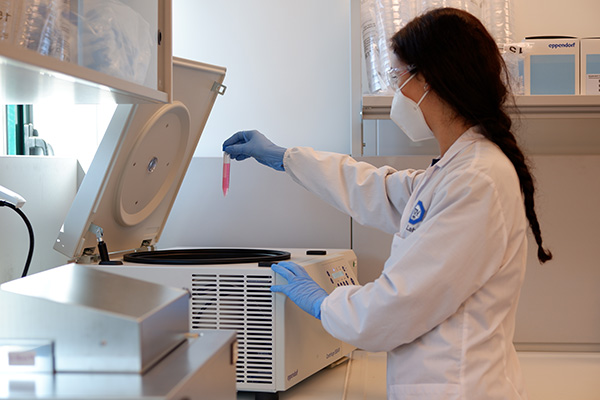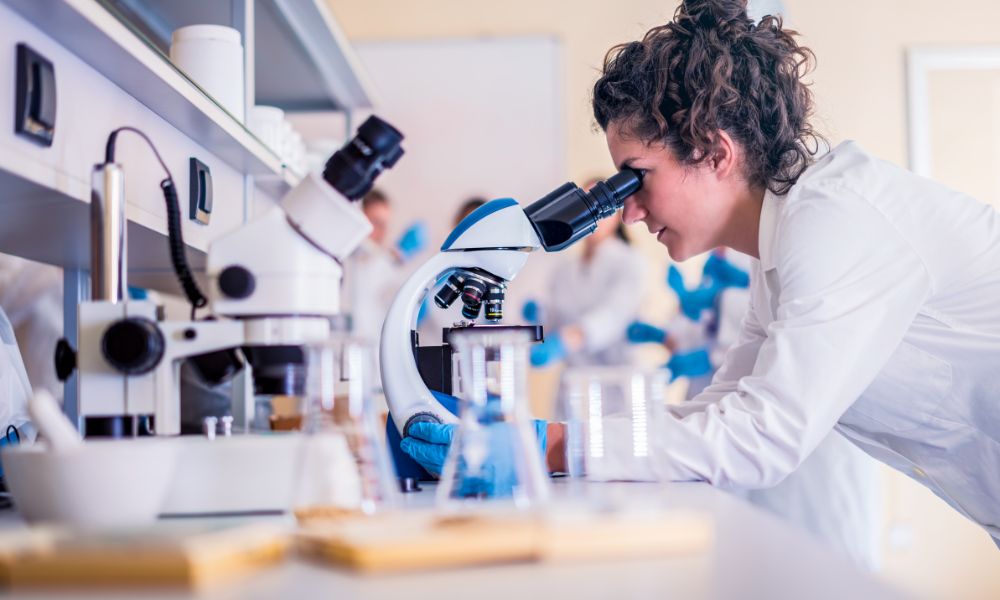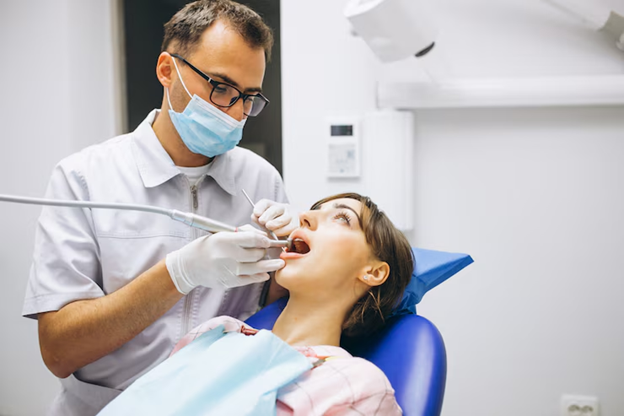Understanding the Importance of Biocompatibility in Medical Devices
In the realm of medical device manufacturing, ensuring that products are safe for human use is of paramount importance. Biocompatibility, which refers to the ability of a device to perform safely within the human body, is a critical factor in this process. A well-structured biocompatibility test plan not only helps identify potential risks associated with a device but also ensures compliance with necessary regulatory standards. This article explores the steps required to formulate a comprehensive biocompatibility testing strategy that can lead to the successful launch of medical devices.
The Fundamentals of Biocompatibility Testing
Biocompatibility testing encompasses a variety of assessments aimed at evaluating how the materials used in medical devices interact with biological systems. These tests are designed to examine the effects of a device’s components and any byproducts they may produce over time. Key testing areas include cytotoxicity, which assesses cell damage; sensitization, which evaluates allergic reactions; irritation, which checks for adverse skin responses; and systemic toxicity, which looks at potential harmful effects throughout the body. A thorough understanding of these tests is essential for developing a solid biocompatibility strategy that aligns with the device’s intended use.

Establishing the Testing Scope
The initial phase in crafting a biocompatibility test plan involves defining the scope of testing. This requires a deep understanding of the device’s purpose, how it interacts with the body, and the specific risks it poses. For instance, devices that come into direct contact with tissues may necessitate more extensive testing compared to those intended for external use. By accurately identifying the nature of the device and its interactions, manufacturers can determine the appropriate testing protocols needed to assess biocompatibility.
Adhering to Regulatory Standards and Guidelines
To create a biocompatibility test plan that meets both industry and regulatory requirements, manufacturers should consult established standards and guidelines. The ISO 10993 series provides a comprehensive framework for biocompatibility evaluations, detailing specific tests and methodologies suitable for various types of medical devices. Adhering to these international guidelines not only enhances the credibility of the testing process but also ensures that the device meets the necessary compliance for market approval.
Conducting a Thorough Risk Assessment
A critical component of the biocompatibility testing strategy is conducting a detailed risk assessment. This involves examining the materials used in the device and their potential interactions with the human body. Factors to consider include the duration of contact, the likelihood of harmful substances leaching from the device, and the demographics of the intended user population. A well-executed risk assessment lays the groundwork for determining the scope and intensity of the biocompatibility testing required.
Formulating the Testing Strategy
Once the scope has been established, standards reviewed, and risks assessed, the next step is to formulate a testing strategy. This strategy should outline the specific tests to be conducted, the methodologies employed, and the acceptance criteria for results. A combination of in vitro and in vivo testing may be necessary to comprehensively evaluate biocompatibility. Furthermore, the strategy should be flexible enough to accommodate any new findings or changes in regulatory expectations.
Implementing the Testing Plan and Maintaining Documentation
The successful implementation of a biocompatibility test plan requires meticulous attention to detail. Collaborating with accredited laboratories that specialize in biocompatibility testing ensures high-quality results. It is also essential to maintain comprehensive records of testing procedures, outcomes, and any corrective actions taken. This documentation is not only vital for regulatory submissions but also serves as a reference for future projects and improvements.
Conclusion: Partnering for Biocompatibility Success
For medical device manufacturers, a well-crafted biocompatibility test plan is essential for ensuring product safety and achieving regulatory compliance. By following a structured approach to biocompatibility testing, manufacturers can significantly reduce risks associated with their devices and enhance their chances of market success. Collaborating with experts, such as consulting firms that specialize in biocompatibility, can provide invaluable support throughout this complex process. By investing in a robust biocompatibility strategy, manufacturers take a crucial step toward ensuring that their medical devices are both safe and compliant, paving the way for their success in the healthcare market.




